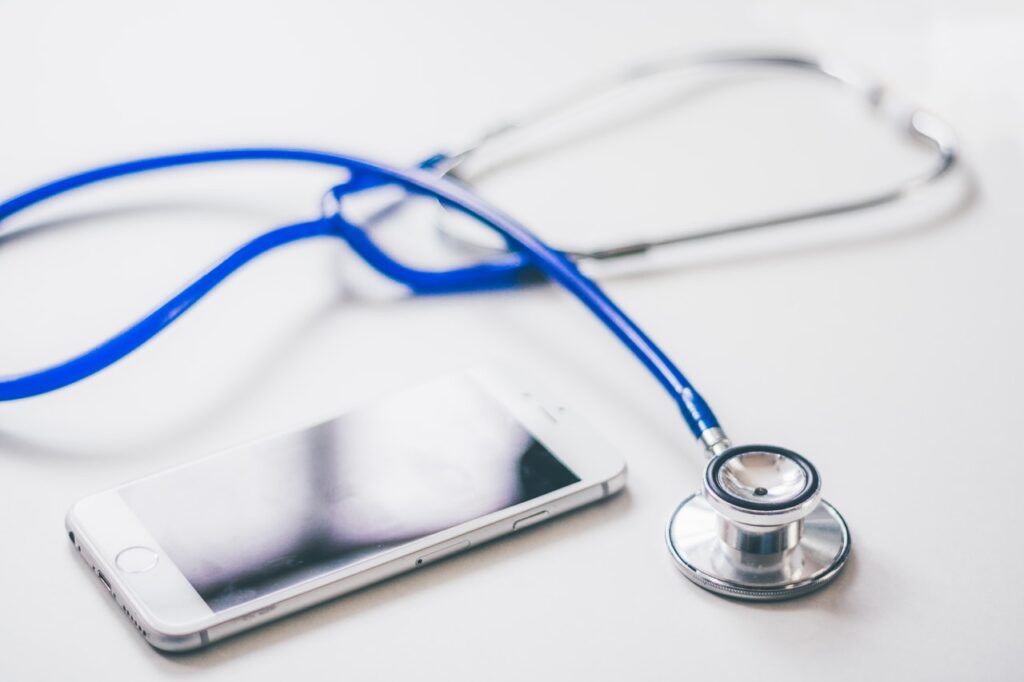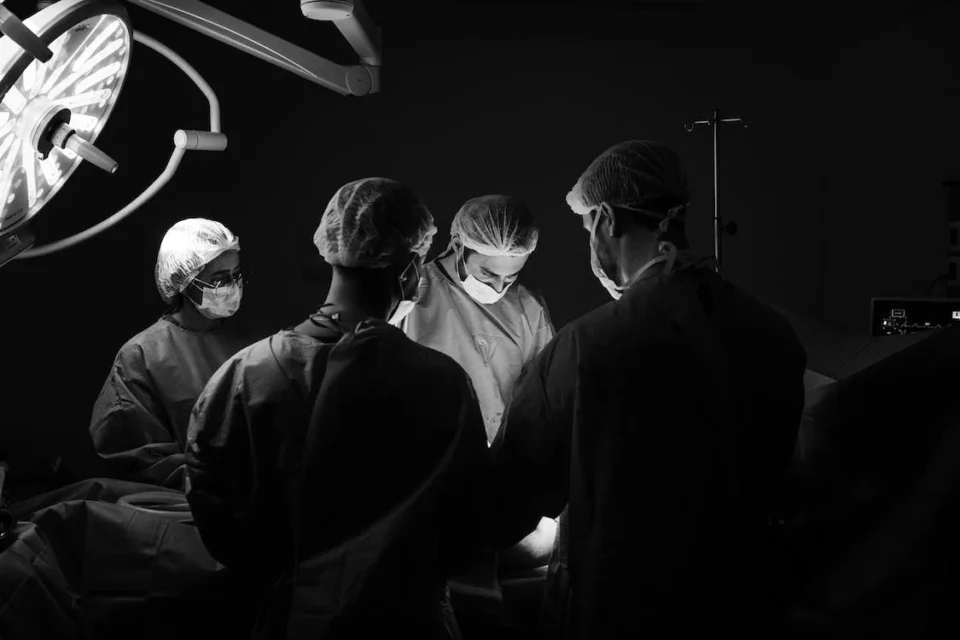Modern medical technology has come a long way in the past few decades. From robotic-assisted surgery to the automation of tedious data-gathering tasks, the possibilities for making medicine even more advanced seem limitless. However, with our increasing reliance on robotics and automation to deliver healthcare services comes one serious question – what would happen if robotics fail us?
This article will dive into how medical automation changes healthcare and what it could mean for doctors, patients, and staff when things do not go as planned. We’ll take an honest look at its potential risks and possible solutions that can help ensure our safety should something ever go awry with these systems.
With this information in hand, you will be better equipped to understand both the promise and consequences of medical automation within the modern era.
An Overview Of Medical Automation

Automation has become a cornerstone of various sectors, including healthcare. Medical automation utilizes technology to streamline operations and enhance efficiency while decreasing human errors. Automation has made a remarkable contribution to medical diagnosis, treatment, patient monitoring, and drug discovery. Insulin pumps, in particular, have revolutionized diabetic care through automation.
Medical automation software such as electronic medical record systems (EMRs) has revolutionized healthcare delivery by replacing paper records with real-time access to patient information and decision-making capabilities for healthcare providers, improving care quality and making more informed medical decisions effectively. Medical automation has greatly transformed healthcare, increasing efficiency while simultaneously improving patient outcomes.
Advantage Of Automation In Healthcare

Accuracy and Consistency: Automated systems can help improve the accuracy and consistency of medical decisions. Physicians can focus more on patient care than administrative burdens by automating tedious tasks. Additionally, automated systems can reduce human errors that may arise from fatigue or distraction.
Reducing Healthcare Industry Costs: Automation can also help reduce healthcare industry costs, such as labor and administrative fees. Services like The Surgeon’s Advisor use marketing automation strategies to cut expenses while offering superior health services. Improved Results: Additionally, automation helps increase healthcare services’ overall quality while decreasing costs.
Quality of Care: Automation can also enhance quality care by relieving stress levels for both physicians and their patients. Telemedicine makes healthcare services more accessible by eliminating the need for patients to physically travel to doctor’s offices, providing improved convenience and access to healthcare services.
Enhancing Patient Care: Automation can enhance patient care through early diagnosis and tailored treatments. Automated systems like artificial intelligence (AI) can quickly analyze large volumes of medical data to detect abnormalities and prescribe treatments quickly.
Increased Efficiency: Medical automation systems can help increase efficiency across the board by reducing wait times for patients and providing quicker diagnoses and treatments. These systems can also free up physicians’ time to see more patients daily or dedicate more time to complex cases.
Improved Communication: Automation can also help improve communication between medical professionals and patients. For instance, automated systems can send out reminders to patients about follow-up appointments or remind them to take their medications on time.
Potential Disadvantages Of Medical Automation

Innovation in medical technology has given rise to medical automation. While this may bring convenience and efficiency, it’s important to be mindful of potential downsides associated with automation:
Human Touch: Automation may lead to an impersonal approach and lower-quality patient care. Robots cannot form relationships with patients or offer emotional support during difficult times as humans can.
Implementation Costs: A substantial investment in technology is needed for automation, which may be expensive for healthcare facilities.
Data Security: Automated systems can be vulnerable to cyberattacks that compromise confidential patient data and place patient privacy at risk.
Reliability: Automated systems always present the risk that something could go wrong, which could have devastating repercussions and even threaten human lives. If such incidents occur, it could result in life-changing results for everyone involved.
Technical Difficulties: Automated systems may be difficult to use or require a certain level of technical skill. This can lead to delays in diagnosis or treatment, which could put the patient’s health at risk.
Privacy Issues: Automation can also create privacy issues in some cases, as data collected from patients can be misused if proper protocols are not followed.
Unemployment: Another potential disadvantage is job losses due to automation. As more tasks get automated, it will lead to fewer job openings and make it easier for individuals to find work.
Errors and malfunctions: Automated systems could lead to dire consequences, highlighting the importance of human oversight. Medical professionals and manufacturers must balance technological efficiency and the essential human element for patient care.
Via Pexels
What Happens If Automation Fails Us?

Relying on technology for essential healthcare areas can be exciting and frightening. For example, while robotics have already proven invaluable in medicine, their failure could bring catastrophic patient care and safety outcomes that threaten all our progress in healthcare.
Job losses or medical breakthroughs might also be affected. Therefore, we must advance research while simultaneously working toward an alternative plan should technology fail us.
Legal Considerations
Medical robotics practitioners must consider the legal ramifications associated with automated systems to protect patients and healthcare providers. Automated systems must abide by industry regulations and standards to protect both parties involved – patients, as well as healthcare providers, must be protected through data security, privacy protection, and accountability measures.
Medical professionals should remain mindful of potential conflicts of interest that may influence decision-making or lead to unethical practices when using automated systems; manufacturers, healthcare providers, and regulators all work collaboratively together to promote patient safety and ethical practice – manufacturers, healthcare providers must collaborate to comply with laws governing medical robotics compliance to promote both patient safety and ethical practice.
Medical Robotics In Modern Healthcare

Rapid technological developments have made medical robotics an essential element of modern healthcare; however, as with any technological system, the possibility of failure exists. To mitigate against such scenarios, preparation should always be a top priority when using robotics systems in healthcare environments.
Medical robotics involves high stakes, with failure having potentially catastrophic repercussions. So, how can we prepare ourselves for any potential failure of medical robots? One approach would be conducting thorough tests and training of staff and technicians. Then, establish protocols to monitor and respond quickly to malfunctions or errors as soon as they arise. In preparation for possible medical robot failure, users must remain proactive and vigilant, taking all the necessary measures to lower the risks of failure and ensure patient safety.
Implementing Automation Into Healthcare / Special Consideration

Integrating robots into healthcare systems is an unparalleled game-changer. This technology enables healthcare providers to incorporate artificial intelligence (AI), automation, and machine learning into their practices for faster, more efficient, and safer care delivery.
However, implementing robotics into healthcare requires more than purchasing the technology and starting to use it; special considerations must be made to ensure its successful integration, such as regulatory approval, data security/privacy requirements, and workforce training needs.
Assuring these factors are addressed is of the utmost importance in ensuring robotics enhance healthcare delivery and outcomes, thus necessitating meticulous planning and execution to maximize this technology in healthcare settings fully.
Final Remarks
Increasing automation in medical procedures has had positive and negative ramifications for healthcare systems, leading to further consideration and debate about robotic technology’s role in medicine. As more automation roles are considered and implemented, healthcare systems must make preparations in case any technical glitches arise – so as not to compromise patient care.
Although robotic technologies constantly develop, understanding their benefits and drawbacks is vital for ensuring their success. Ongoing advances in robotics, communication strategies, risk management techniques, and appropriate regulation will be essential in maintaining high levels of patient care while mitigating any potential downsides or challenges associated with medical automation projects.
